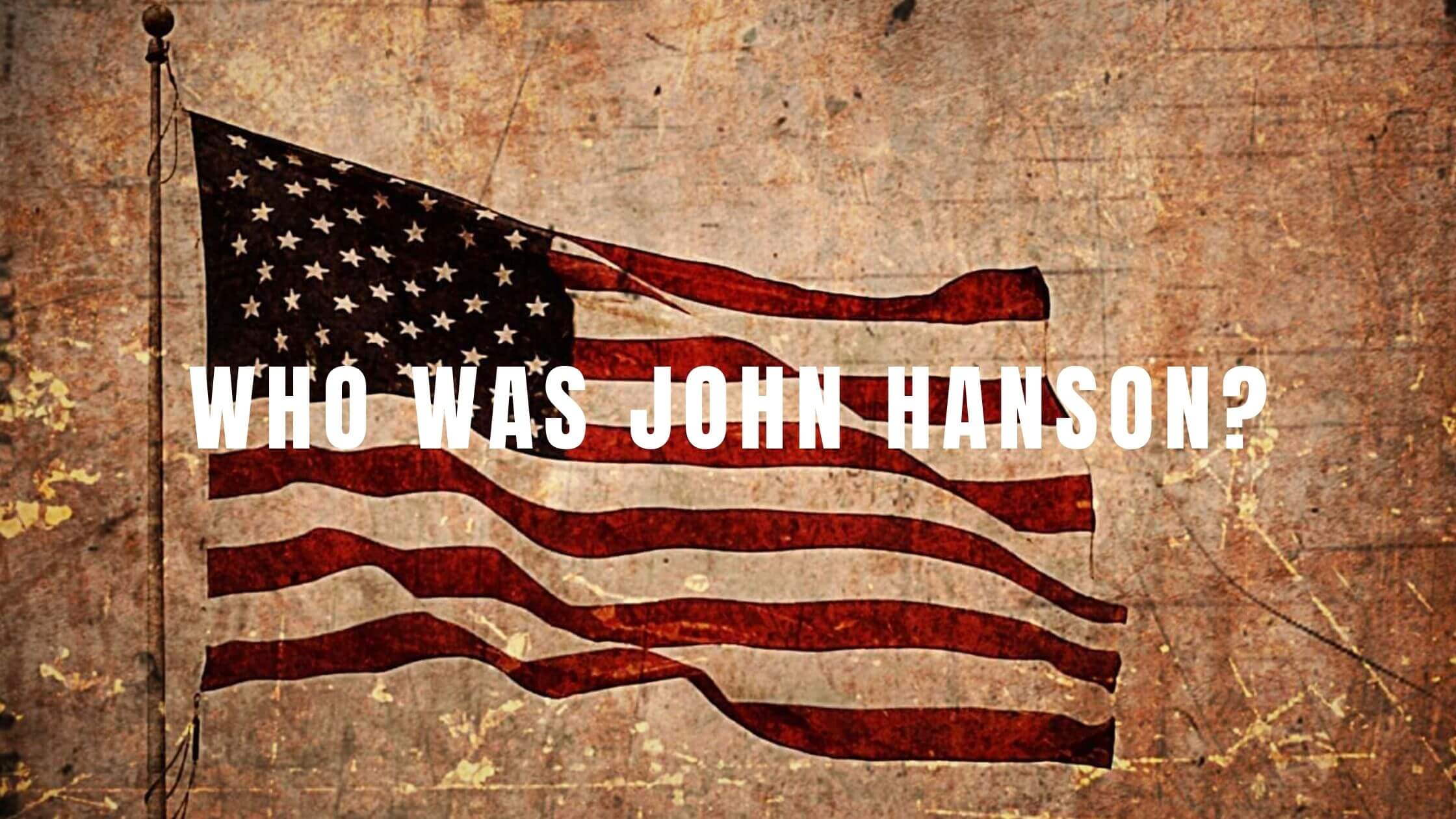Table of Contents
ToggleEarly Life
Benjamin Franklin is the most popular founding father among the seven. He is seen on the 100 dollar bill, and his name (Benjamin) is jargon for the US dollar, which explains his popularity. Besides featuring on the $100 bill, Benjamin Franklin was known for his innovative prowess in discovering electricity, however, others disputed that he only discovered that lightning generated electricity.
Benjamin Franklin was born to Abia and Josiah Franklin in Boston on January 17th, 1706. He was the 10th child of his parents, and in his early years, his dad encouraged him to enroll in the clergy. However, the fees for the clergy were exorbitant, and his dad was only able to afford one year of tuition. His dad being unable to pay his fees resulted in his dropout from the clergy, but his love for reading saw him become an apprentice at his brother’s print business.

As an apprentice, he helped his brother (James Franklin) compose books and pamphlets. After working with his brother for three years, at age 15, Benjamin’s brother acquired and published the first Boston newspaper, “The New England Courant.” After James had acquired The New England Courant, Benjamin felt he had gained enough experience in the publishing space. His confidence led him to pitch to his brother the idea of making him a writer, but James Franklin declined Benjamin’s offer.

Get Smarter on US News, History, and the Constitution
Join the thousands of fellow patriots who rely on our 5-minute newsletter to stay informed on the key events and trends that shaped our nation's past and continue to shape its present.
“Silence Dogood”
James declining Benjamin’s offer wouldn’t stop him, and Benjamin would anonymously write letters at night under the name of “Silence Dogood,” who was a fictional widow. He would place these letters at the door of the print shop, and when day broke, his brother would see the letters and feature the story of “Silence Dogood” in his newspaper.
The story of Silence Dogood started catching people’s attention, and everyone, including James, wanted to know who this fictional widow was. After writing his 14th letter, Ben couldn’t keep the secret anymore, and he had to tell his brother he was the real Silence Dogood.
After the incident above, Benjamin was recognized as a renowned publisher in his hometown. However, his brother (James) hated the attention Benjamin got from people, which led to Benjamin leaving Boston for Philadelphia when he was 17 in 1723.
Time As A Publisher
In 1732, Benjamin published his first book: “Poor Richard’s Almack,” which became a bestseller. He also authored many books and used the proceeds from the sale of these books to acquire the Pennsylvania Gazette, where he started publishing his ideas on colonial unity. In 1744, he created the first political cartoon, which proposed that all the colonies join together.
In addition to his political ambitions during those periods, he was known for his projects for the common good. Some notable examples include the formation of a library and other civic institutions such as the fire brigade, insurance policies for fire victims, and hospitals.
During the late 1740s, Benjamin Franklin’s interest in inventions peaked. That curiosity led to him inventing the Franklin stove, swim fins, bifocals, and a musical instrument known as glass harmonica. However, one invention made him famous, and this was the discovery that lightning could generate electricity through his kite experiment.
Political Career
Benjamin entered the political scene in 1754 when he was a delegate in the Albany Congress. As a delegate, he pushed the idea of unification for all 13 colonies through his “Albany Plan of Union.” He was known for representing his state of Pennsylvania between 1757 to 1775 in England. In England, he was tasked with putting an end to “Taxation Without Representation” or the “Stamp Act.” Even though he wasn’t successful with the issue of “Taxation without Representation,” it didn’t stop him from striving to unify colonies in New England. Even though this unification plan failed initially, too, it set laid the foundations for the various colonies to fight for independence.
One of Benjamin Franklin’s biggest fights for independence was when he joined the Second Continental Congress to draft and write the Declaration of Independence. He was an advisor and editor to Thomas Jefferson (the writer of the Declaration of Independence). Also, Benjamin Franklin was known to be one of the signatories of the Declaration of Independence.










